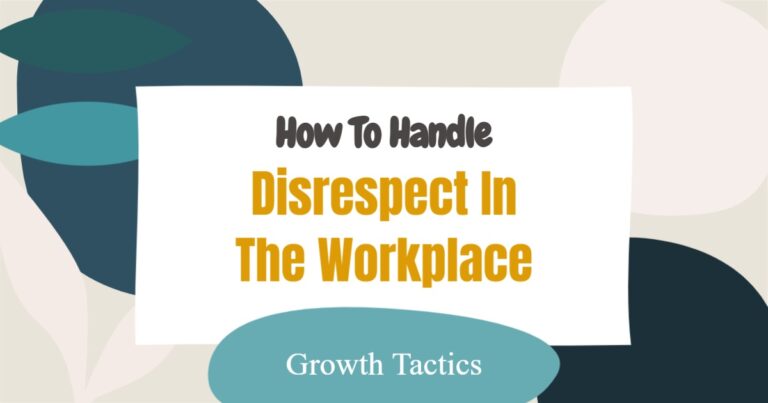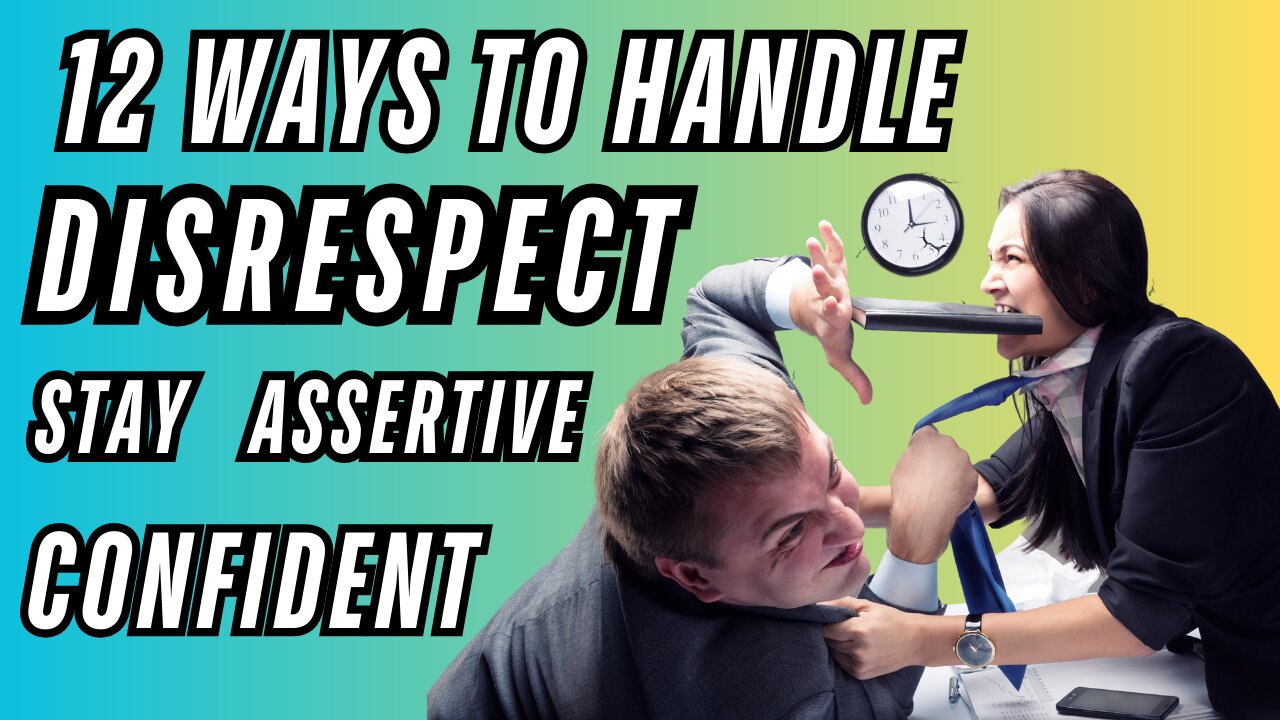How To Handle Employee Who Is Disrespectful

Imagine this: a tense meeting room, the air thick with unspoken frustrations. Sarah, a bright and capable team member, rolls her eyes visibly as her manager, David, presents a new project strategy. A ripple of discomfort spreads through the team. This isn't an isolated incident; Sarah's dismissive attitude has been a recurring issue, creating friction and impacting team morale.
Addressing disrespect in the workplace is crucial for fostering a productive and positive environment. This article explores practical strategies for managers and HR professionals to handle disrespectful employees, focusing on open communication, clear expectations, and consistent follow-through.
Understanding the Root of Disrespect
Disrespectful behavior can stem from a variety of sources. Sometimes, it's a personality clash, a misunderstanding of communication styles, or simply a bad day. Other times, it can indicate deeper issues like job dissatisfaction, feeling undervalued, or a lack of clarity regarding roles and responsibilities.
According to a 2023 study by the Society for Human Resource Management (SHRM), a significant percentage of workplace conflicts arise from communication breakdowns and unclear expectations. Understanding the *underlying cause* is the first step in addressing the issue effectively.
Step 1: Document Everything
Before taking any formal action, meticulously document each instance of disrespectful behavior. Record the date, time, specific actions or words used, and any witnesses present.
This documentation provides a clear and objective record of the behavior, which is essential for performance management and potential disciplinary action. Accurate records also protect the company from potential legal challenges, according to employment law experts.
Step 2: Private, Direct Communication
Schedule a private meeting with the employee to address the behavior directly. Start by expressing your concern about the observed behavior, using specific examples from your documentation.
Avoid accusatory language; instead, focus on the impact of the behavior on the team and the workplace. For example, instead of saying "You are always disrespectful," try "I've noticed that in team meetings, your comments and body language sometimes come across as dismissive, which can make other team members feel uncomfortable."
Listen actively to the employee's perspective. They may have a valid explanation for their behavior or be unaware of how they are perceived.
Step 3: Establish Clear Expectations
Clearly communicate your expectations for respectful behavior in the workplace. This includes outlining specific examples of what is considered acceptable and unacceptable conduct.
Reinforce the company's code of conduct or employee handbook, highlighting the policies related to respectful communication and professional behavior. Make it clear that everyone is held to the same standards, regardless of their position.
Step 4: Develop a Performance Improvement Plan (PIP)
If the disrespectful behavior continues after the initial conversation, consider implementing a Performance Improvement Plan (PIP). The PIP should outline the specific areas where improvement is needed, the steps the employee needs to take to improve, and a timeline for achieving those goals.
Provide the employee with the necessary resources and support to succeed, such as coaching, training, or mentorship opportunities. Regular check-ins and feedback sessions are crucial to track progress and provide guidance.
Step 5: Consistent Follow-Through
Consistency is key in addressing disrespectful behavior. Consistently enforce the company's policies and hold all employees accountable for their actions.
Failure to address disrespectful behavior can create a toxic work environment and erode team morale. It also sends the message that such behavior is acceptable, which can lead to further issues.
Preventative Measures
Preventing disrespectful behavior is often more effective than reacting to it. Invest in training programs that promote communication skills, emotional intelligence, and conflict resolution.
Foster a culture of open communication and feedback, where employees feel comfortable expressing their concerns and providing constructive criticism. Lead by example by demonstrating respect and empathy in all interactions.
Regularly assess the work environment to identify any potential sources of conflict or dissatisfaction. Address these issues proactively to prevent them from escalating into disrespectful behavior.
Handling disrespectful employees requires a delicate balance of firmness, empathy, and consistency. By understanding the root causes of the behavior, communicating clearly, and implementing a structured approach, managers can address the issue effectively and foster a more positive and productive work environment. Ultimately, a workplace built on mutual respect benefits everyone.


















